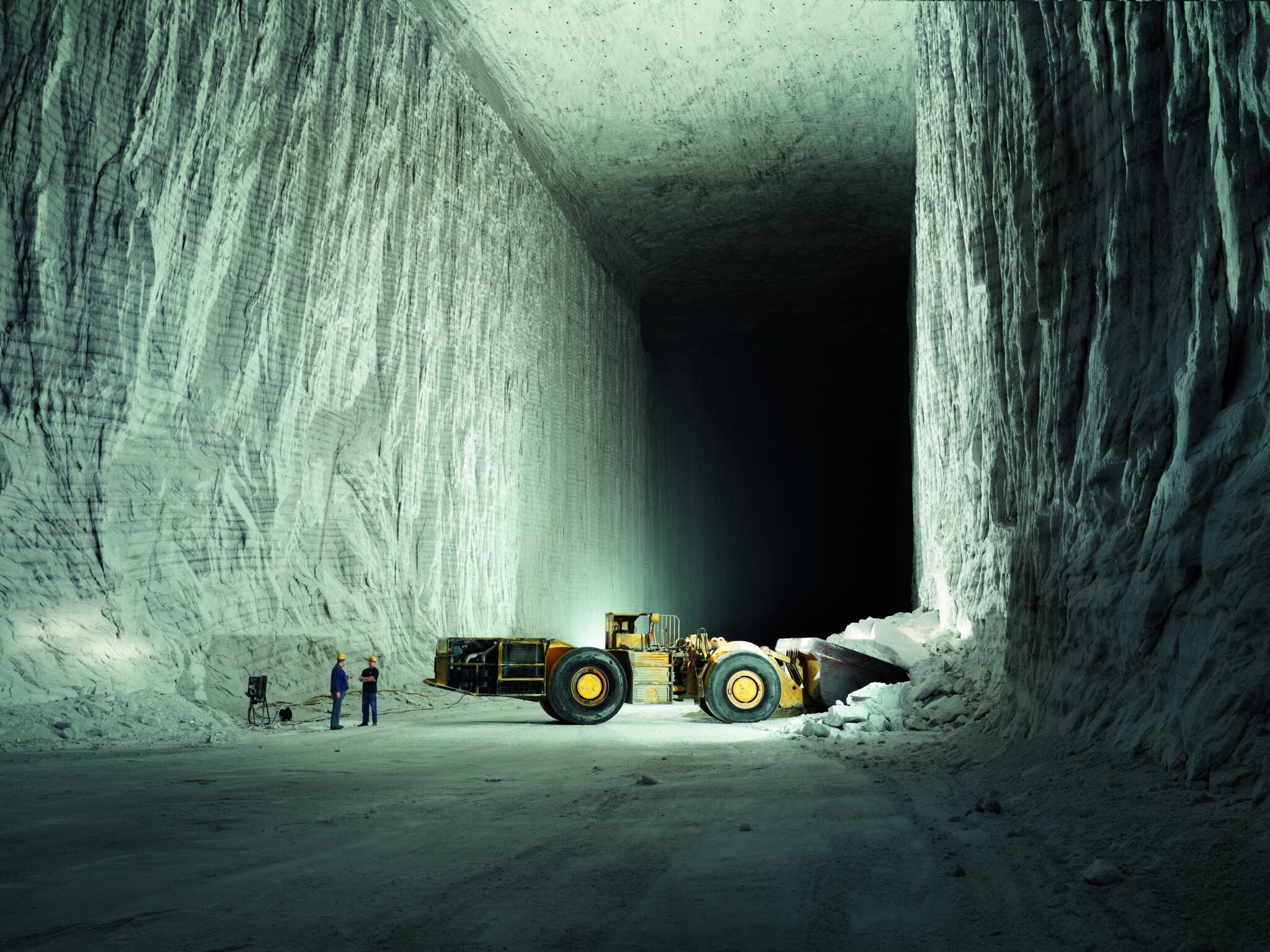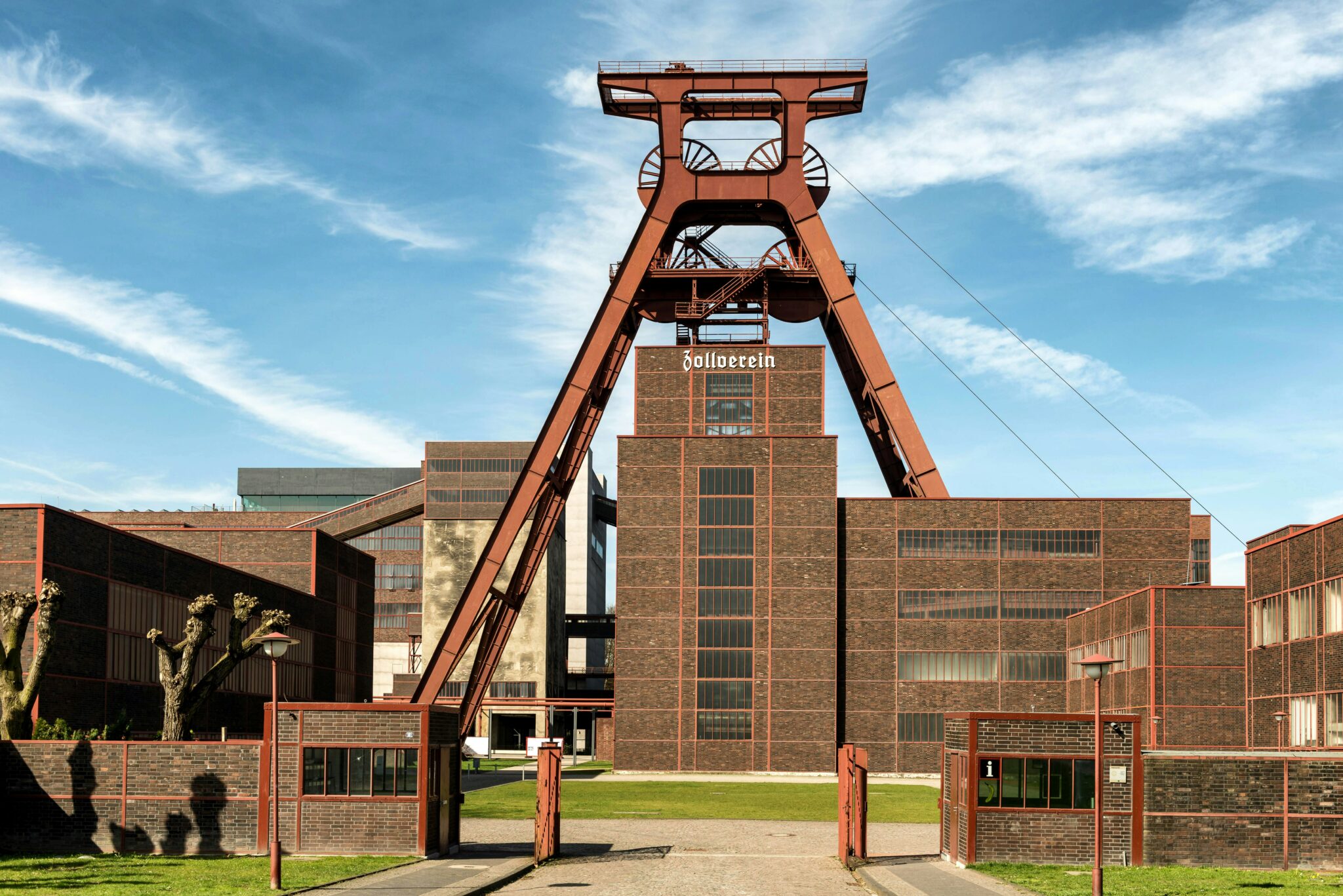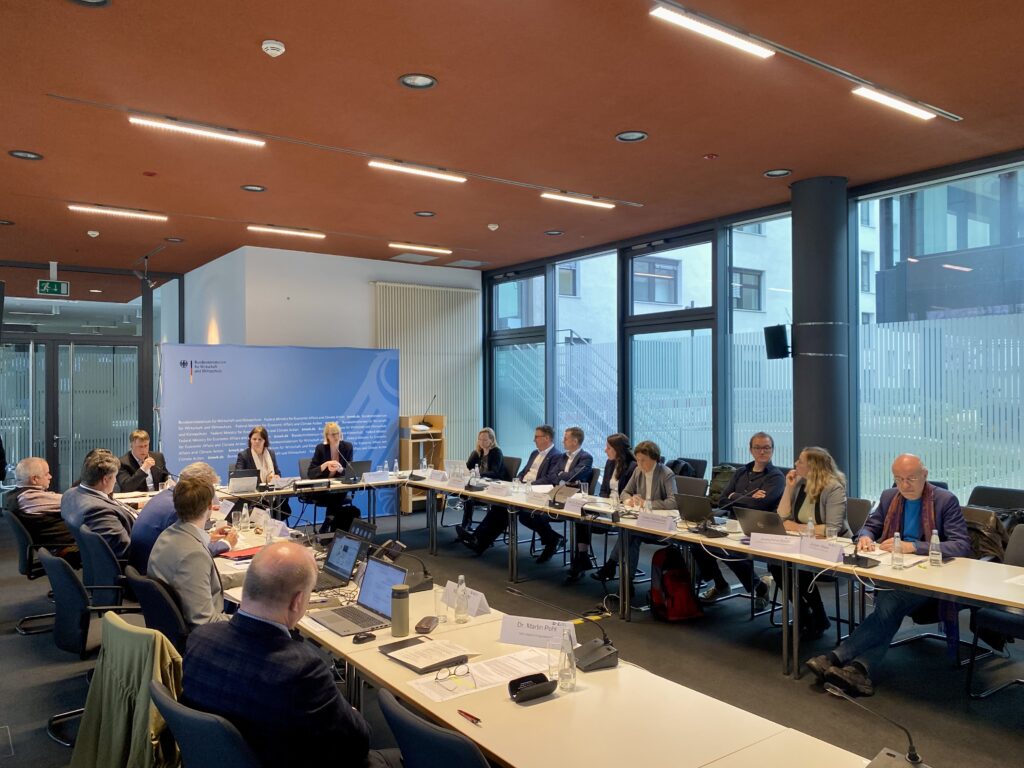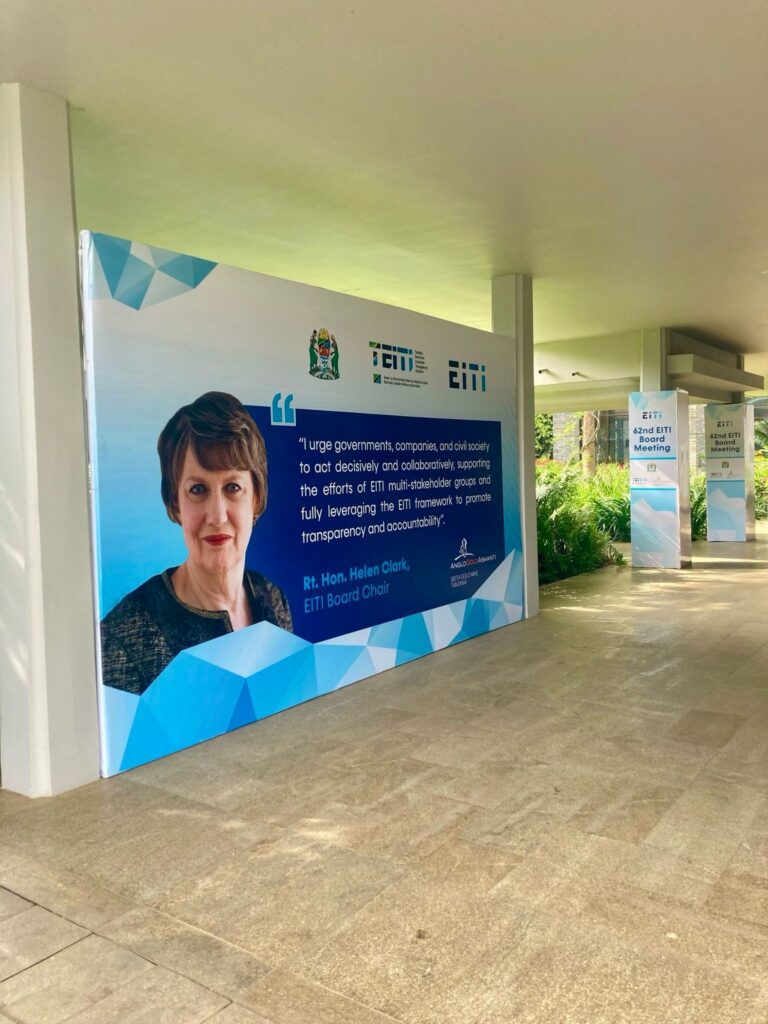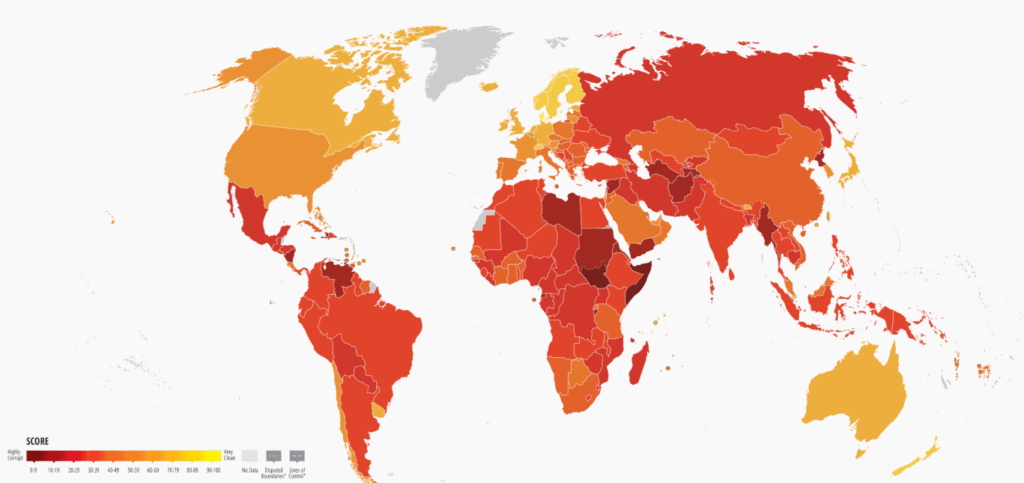We make resource extraction transparent and comprehensible
Resource extraction in Germany is diverse: What are the legal frameworks? Which payment flows do exist? How are human interventions in nature dealt with? This portal provides you with detailed information.
News
First MSG-Meeting in 2025!
28. March 2025

62. EITI Board Meeting in Arusha, Tansania
13. March 2025


Corruption Perception Index 2024 published
11. March 2025

Contribution of the German raw materials industry
- More than0Billion euros to GDP
- About0Million euros government revenue
- Nearly0Thousand employees
- Over0Billion euros to export
Recently updated reporting content
Employment and Social Affairs
Sustainability in raw material extraction
Sustainability in raw material extraction
Sustainability in raw material extraction
Managing human interventions in nature and landscape
Sustainability in raw material extraction
Water
Sustainability in raw material extraction
